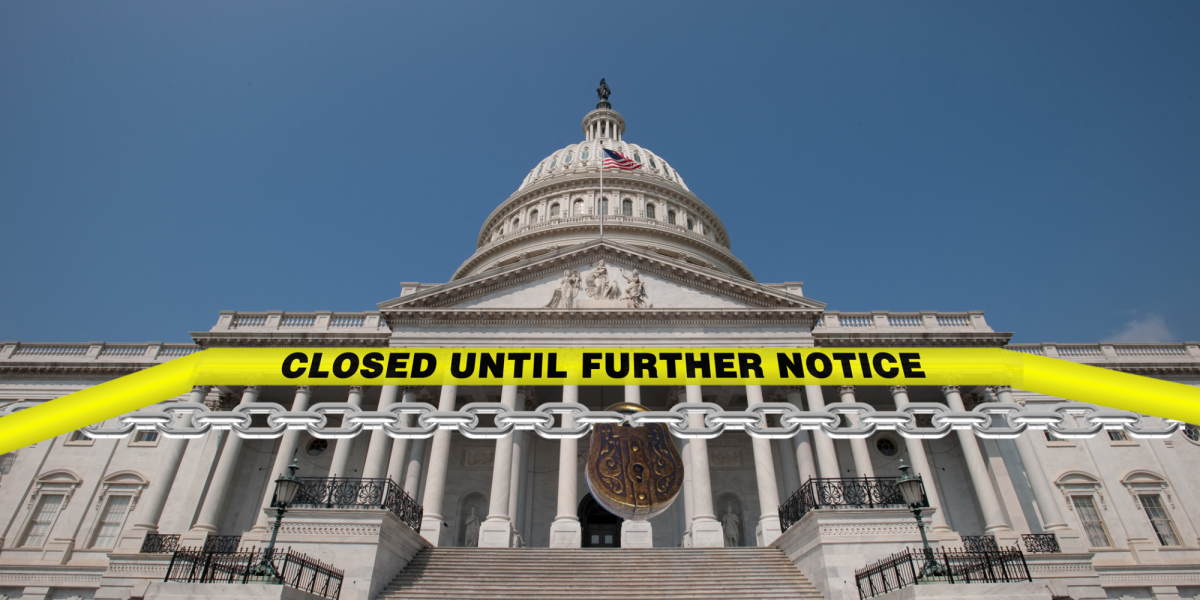In the early morning hours of October 20, a significant Amazon Web Services (AWS) cloud outage disrupted thousands of online applications across the United States, including healthcare, communications, and education systems. The incident originated at AWS’s Virginia data center around 3 a.m. Eastern Time (1 a.m. Mountain Time).
This disruption persisted for several hours, raising concern about the reliability and resilience of AWS infrastructure. According to Neon Cyber’s Operating Officer, “Cloud computing is a marvel, but the heart of it is a never-ending list of complex services and dependencies that are always one configuration away from failure.”
Reports indicated that the outage was caused by a bug in the DynamoDB system, which manages all user data and maintains thousands of Domain Name System (DNS) records. When the bug failed to initiate automatic repair, AWS engineers were required to perform a manual repair to remove the defective area to restore it to normal. (The Guardian.)
The failure impacted more than 2,000 companies, websites, and software platforms. Services such as educational applications, Ring Cameras, and smart home devices lost internet connection, making them temporarily inoperable.
Breakdown:
The root of the issue was traced to two automatic systems attempting to update using the same data simultaneously, which created a cascading failure across AWS’s network servers (CNN).
In response, Amazon has implemented several infrastructure improvements to prevent similar incidents in the future. These include a machine-controlled system to manage the large number of DNS servers and enhancements to the Elastic Compute Cloud (EC2) framework aimed to optimize cloud performance of internal data.
AWS later stated, “We are now seeing connectivity and API recovery for AWS services.” While large-scale outages are rare for AWS, the event highlights the complexity and dependence of cloud computing systems. It also underscores how a single software error can have widespread implications across industries that rely on cloud-based technology.
Technology Dependencies
This AWS outage highlights a problem with the increasing dependence on cloud-based technology. From education to healthcare to transportation, there is an unspoken reliance on cloud-based data centers; with this reliance, it allows for greater speed and convenience. However, it creates a point of vulnerability within the system that could lead to another large-scale outage.
This incident reminds us that technology advances must be balanced with organizations as well as resilience with increased cloud usage. Without more organization, the consequences of a brief outage could ripple across many industries and could affect millions of people.
Microsoft Outage
In addition to the AWS disruption, Microsoft Azure also experiences a significant outage temporarily affecting thousands of software companies and large-scale operations. The incident impacted large Microsoft services, including Microsoft 365, Xbox, and even Alaska Airlines. Microsoft attributed the failure to an “inadvertent configuration change” and a DNS issue.
Following the outage, Microsoft confirmed that the Azure Front Door (AFD) service has since returned to full capacity, while users report improved performance across their gaming consoles and communication platforms. However, the outages also reached beyond the technology industry; Alaska and Hawaiian Airlines both reported disruptions in their key systems, which customers need in order to board a flight. (The Verge.)
The effects were also felt across the retail sector. Kroger, one of the largest grocery chains in the U.S., also dealt with issues surrounding their online applications and in-store sites. On the social media platform X, Kroger stated, “At the moment, all banner sites and mobile apps are experiencing an unexpected outage.”
AWS Response
In a public statement, Amazon reps stated, “We apologize for the impact this event caused our customers… We will do everything we can to learn from this event and use it to improve our availability even further.”
This outage impacted hundreds of thousands of people across the U.S. and disrupted numerous online applications. While such large-scale outages are rare, experts note that as dependency on cloud infrastructure continues to grow, similar disruptions may become increasingly inevitable in the near future.












































